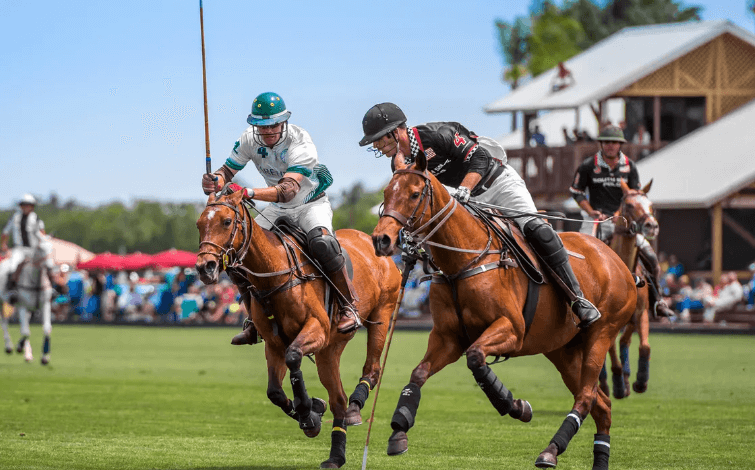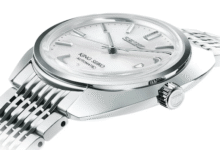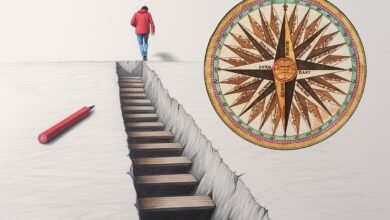How many players are on each polo team?

Polo, a game that combines elegance, strategy, and speed, has captivated the hearts of sports enthusiasts for centuries. Originating from ancient nomadic games, it has evolved into a sophisticated sport known for its rich tradition and dynamic team play. This guide delves into the essential aspects of polo team composition, offering insights into how many players make up a team, their roles, and how different formats of the game can influence these factors.
Introduction to Polo: A Game of Speed and Strategy
Polo is not just a sport; it’s a testament to human skill, animal agility, and strategic depth. Played on a vast field that demands both physical and mental agility, polo teams battle it out to score goals by hitting a small ball into the opposing team’s goal using a long-handled mallet, all while mounted on horseback. But what makes polo truly fascinating is its team composition, which is both a science and an art, reflecting the game’s intricate balance of offense and defense.
Understanding the Basics of Polo
At its core, polo is about teamwork, precision, and the seamless interaction between player and pony. Each match unfolds on a 300-yard-long field, where four players on each team navigate their horses, wielding mallets with skill and determination. The roles of these players are distinct, with each position carrying specific responsibilities that are crucial to the team’s success.
The Role of Each Player on the Field
The traditional polo team is a quartet of strategy and skill:
- The first player is the offensive spearhead, focusing on breaking through the defense to score.
- The second player supports the offense but also acts as a crucial link with defensive duties.
- The third player, often the captain, is the strategist, orchestrating plays and making pivotal decisions.
- The fourth player is the primary defender, tasked with thwarting the opposition’s scoring attempts.
How Many Players are on Each Polo Team?
In traditional polo, a team consists of four players. This structure is designed to balance offensive thrusts with defensive solidity, ensuring a dynamic and fluid game where strategy and skill are paramount.
Variations in Polo Formats and Team Sizes
Polo’s adaptability is one of its greatest strengths, allowing it to thrive in various formats:
- Arena polo typically features three players per team due to space constraints.
- Snow polo and beach polo also usually have three-player teams, adapting the game to different environments and challenges.
The Impact of Team Size on Game Dynamics
The number of players significantly influences the game’s pace and strategy. While four-player teams allow for specialized roles and a balanced approach, three-player teams demand greater versatility and adaptability, pushing players to cover more ground and fluidly switch between roles.
Training and Preparation for Polo Teams
Beyond individual skill, the essence of a successful polo team lies in unity and strategic harmony. Teams invest in rigorous physical conditioning, technical skill development, and strategic drills to foster cohesion and adaptability, preparing them to face any challenge on the field.
Frequently Asked Questions About Polo Teams
How many players are on a professional polo team?
- A professional polo team typically consists of four players.
Can the team size vary in different types of polo?
- Yes, in arena polo, snow polo, and beach polo, teams usually have three players due to the unique requirements of each format.
What roles do the players on a polo team have?
- Players have designated roles from offense to defense: the first and second players focus on offense, the third player on strategy and midfield control, and the fourth player on defense.
How do players communicate during a game?
- Polo players use a combination of verbal calls, body language, and pre-determined strategies to communicate during a game.
Does team size affect the number of horses used in a match?
- While the team size directly doesn’t affect the number of horses (as players may change mounts during a game), it can influence the strategy and pace, indirectly affecting how horses are utilized.
Conclusion: The Essence of Teamwork in Polo
Understanding polo team composition sheds light on the intricate dance of strategy, skill, and collaboration that defines this noble sport. Whether in a traditional four-player team or adapting to the unique challenges of three-player formats, the spirit of polo shines through in the unison of player and pony, in the shared goal of victory and excellence. Through this guide, we’ve explored the foundational aspects of polo team composition, offering enthusiasts and newcomers alike a deeper appreciation of the sport’s enduring appeal.






